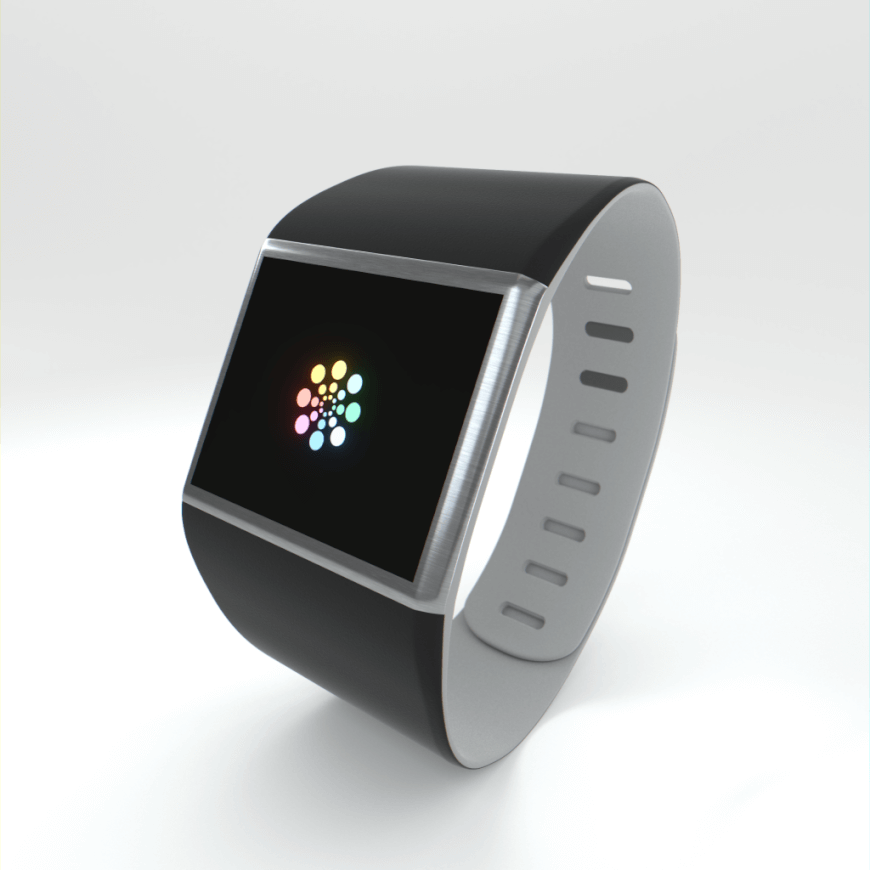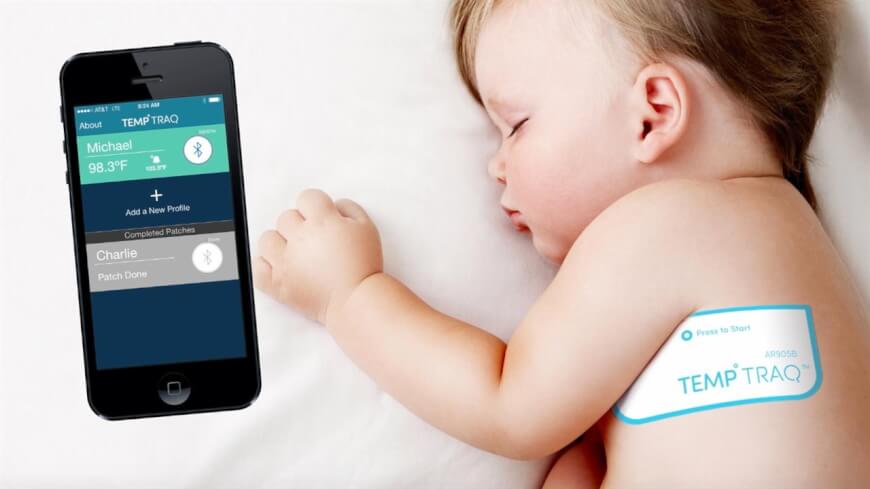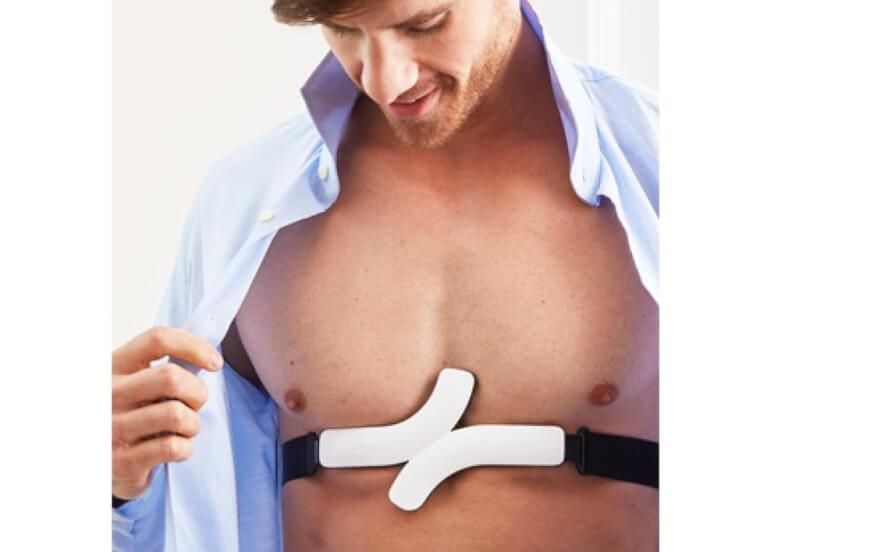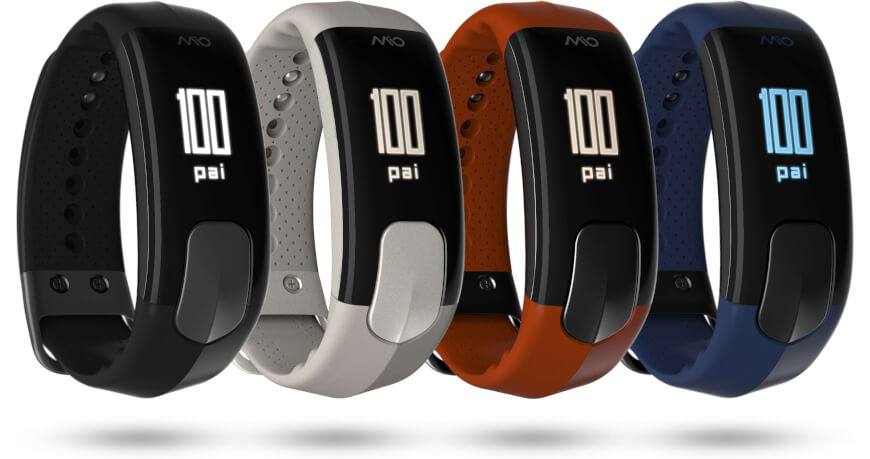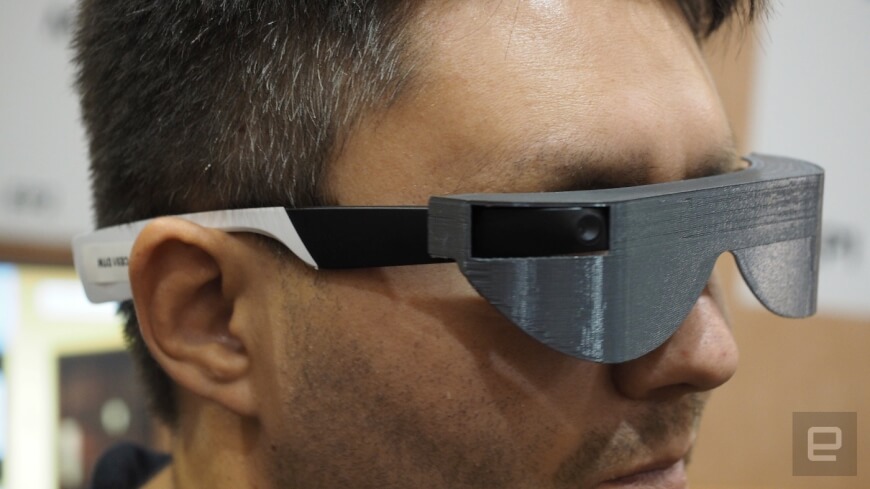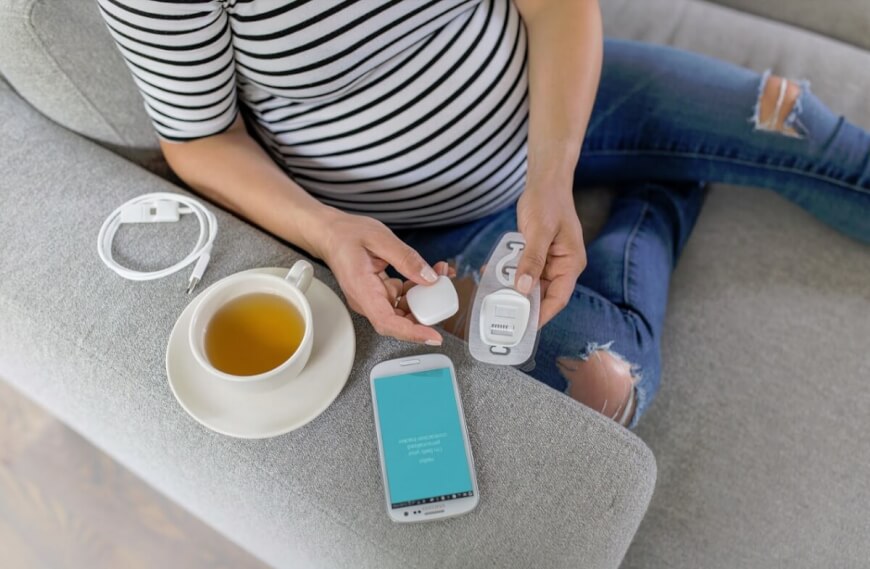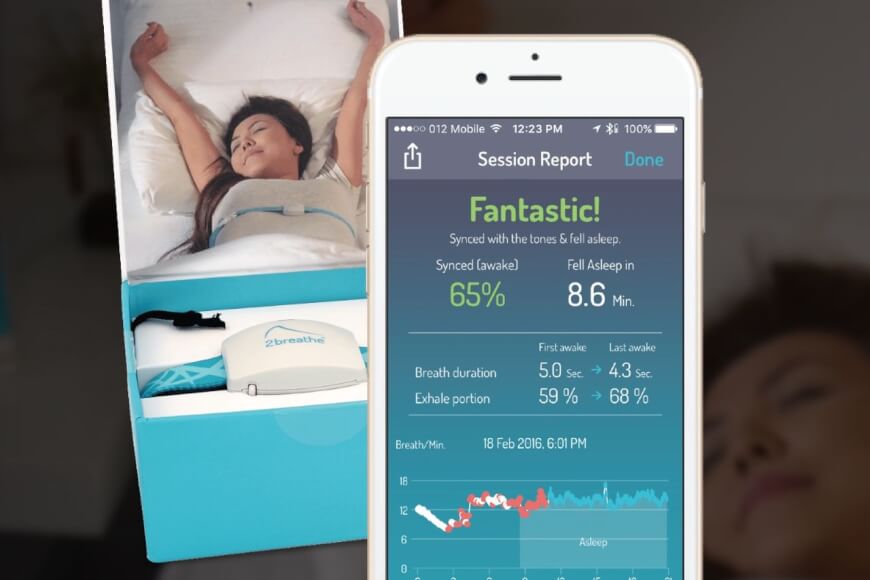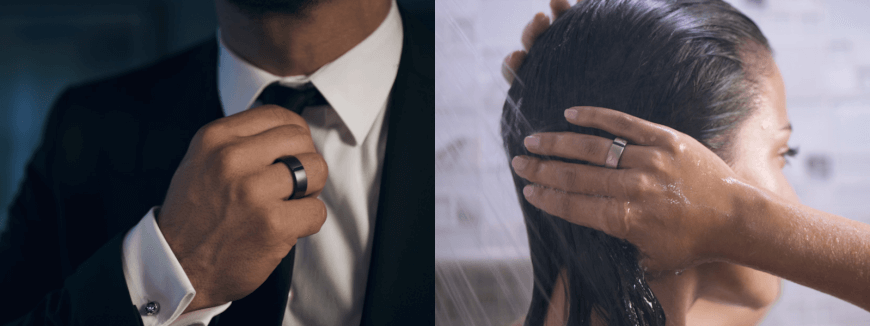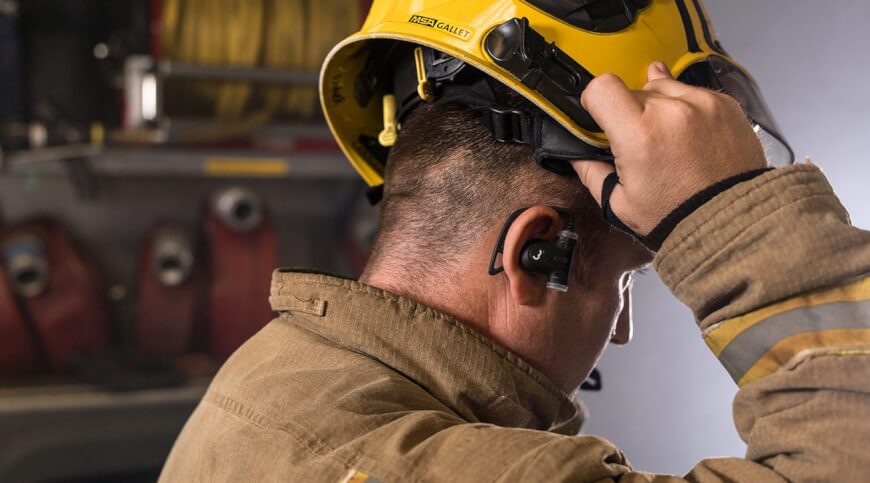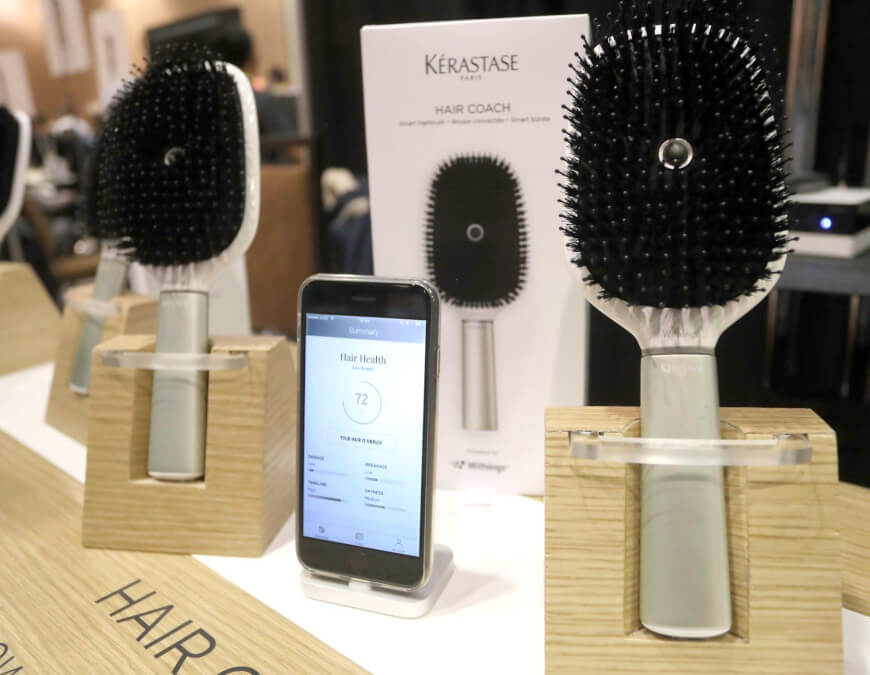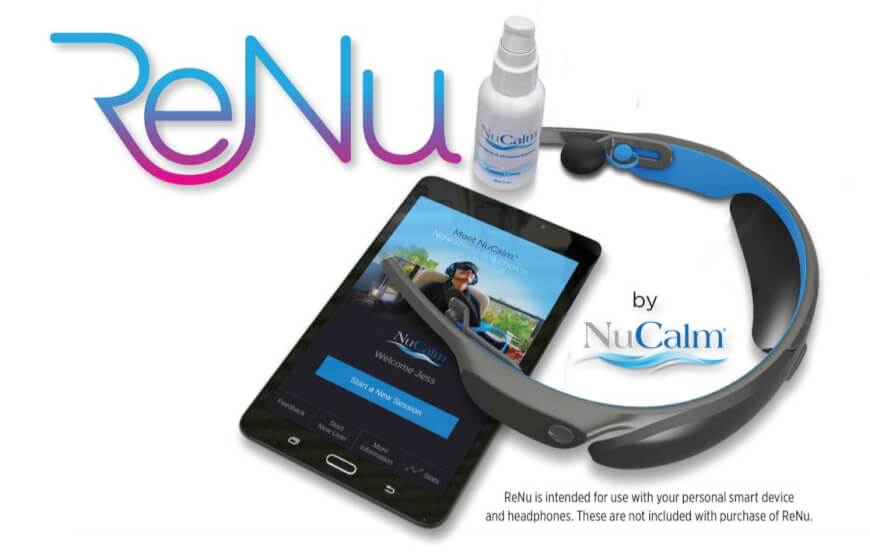The biggest tech event of the year, CES brought stunning new health technologies to the stage. Let me show you the most promising new gadgets, sensors and wearables in medicine!
CES & the latest trends in tech innovation
For geeks and gadget-lovers the year does not usually start with the 1st January, but a couple of days later, when CES opens in Las Vegas. It is even more exciting this year, since the exhibition celebrates its 50th anniversary – so it is obviously bigger and better than ever before.
It’s almost impossible to collect and analyse every novelty appearing at the fair, and I’m certainly more interested in the coolest health sensors and trackers than the announcement of T-Mobile making customer bills much simpler (although that’s relevant, too), but there are some palpable trends. Here are the two most important.
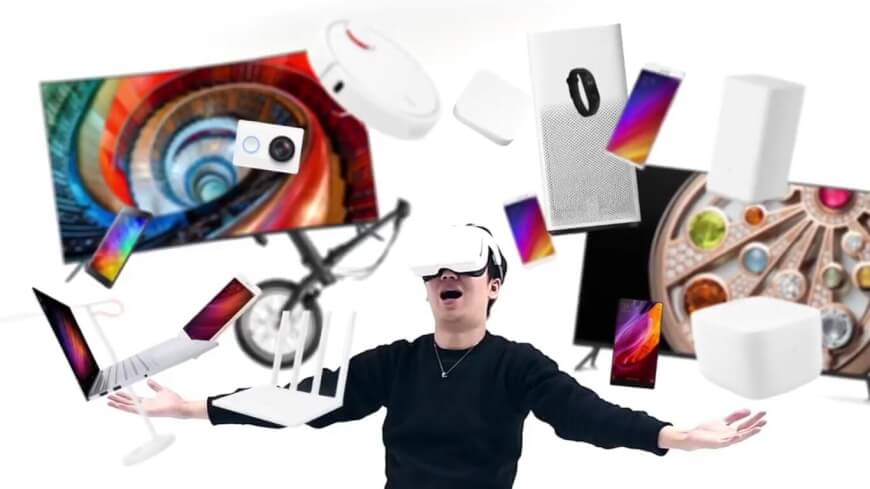
- Tech companies and start-ups jumped eagerly on the ‘smart’-train, so your phone’s sensor might actually tell you which strawberry is sweeter or what is hiding in your fridge, but I do not think that creating smart apps, gadgets or technology for the sake of data is enough. I believe that instead of the tech version of l’art pour l’art, companies and start-ups should rather strengthen behavioral change. So smart objects and apps do not only gather information about the users or the environment for the sake of data, but in order to (ultimately) achieve a better life.
- Looking through the latest technologies presented at CES – I have to emphasize that not every product was introduced at the tech gathering, but they certainly get here the most attention -, I believe real innovation is missing. According to the most trending chart created by CES, one of the most used buzzword (next to spidermanhomecoming) was “upgrade”. It is obvious, isn’t it? Instead of impacting, long-lasting, real innovation, tech companies are mostly upgrading their already existing products. Which is also quite exciting and requires a lot of work, it just indicates more of a gradual than a disruptive process.
However, no matter how the big picture looks like, there are still truly inspiring and forward-looking innovations out there with great potential for medicine and healthcare.
Credit: Source link
